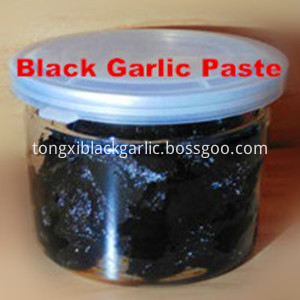The anniversary of citrus magnesium deficiency disease can occur, but it occurs most frequently when the fruits mature in late summer or autumn. The leaves of the old leaves and fruits first show obvious symptoms of magnesium deficiency. This is because when the citrus is deficient in magnesium, the magnesium present in the older organ tissue is often transferred to the growing young organ, so that the lack of magnesium in the old organ is often more serious. Magnesium deficiency leaves produce irregular yellow spots along both sides of the midrib, and then the yellow spots spread to the leaf margins, resulting in most of the leaves yellowing, and only leaf veins and the base of the leaf tissue are triangular green. When magnesium deficiency is severe, the leaves are all yellow and fall off easily. The deciduous branches grow weak and often die in the spring of the following year. In general, multinucleate varieties of fruit are more prone to Mg-deficiency disease than less-nuclear or non-nuclear varieties.
?? 1. Leaf yellow, veins green
2. The old leaves are gradually yellowed along the sides of the main and lateral veins and expanded to yellow as the whole leaves. Only the main vein and its tissues remain green.
Incidence patterns: The demand for magnesium for citrus is far greater than that for other trace elements. In acid soils (pH 5.0) and sandy soils, magnesium can easily be lost. Therefore, citruses are prone to magnesium deficiency in these soils. When potassium fertilizers and excessive phosphate fertilizers are used, it is easy to cause magnesium deficiency in the orchards. The use of sulphur and lime sulphur reagents also makes the soil acidic, leading to magnesium deficiency.
Prevention and control methods In the magnesium-deficient orchards, proper application of magnesium salts on the basis of soil amendments and organic fertilizers can effectively prevent and treat deficiency of magnesium.
?? (1) Land application. In acidic soils (below pH 6.0), lime and magnesium should be used to neutralize the soil acidity (0.75 to 1 kg per fruit tree). In areas with slightly acidic to alkaline soils, magnesium sulfate should be used. These magnesium salts can be used. Mix in compost application. High concentrations of potassium and calcium in the soil will inhibit the plant's ability to absorb magnesium, and the amount of magnesium fertilizer must increase. In addition, to increase the organic and salted fish salt, but also in the acid on the appropriate application of lime.
??(2) Spraying outside the root usually sprays 2~3% magnesium sulfate for 2~3 times from June to July to restore the tree vigor. For mild magnesium deficiency, foliar spraying is effective.
Black Garlic Paste is made of Peeled Black Garlic without supplements. The paste appears brown to black and is without any impurities. It has a rich garlic odor and it tastes sour with a hint of sweet.The paste is convenient and very easy to eat. It is usable directly after opening, eaten directly or spreaded on bread slices and biscuits.

Black Garlic Sause(Paste)
Black Garlic Sauce,Black Garlic Paste,Fermented Black Garlic Sauce,Pure Black Garlic Paste
Zhucheng Tongxi Commercial And Trade Co.,Ltd. , https://www.blackgarlicgroup.com